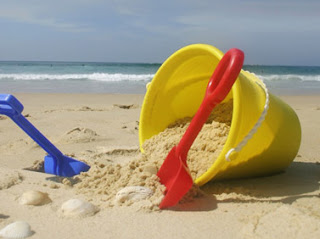THE SCIENCE BEHIND SUNGLASSES
Whatever your choice of style protecting your eyes from the sun is important.
Your eyes are very sensitive to the damaging UV rays because the tissue is thin and transparent. Long term damage can lead to cataracts, tumours and scarring.

What really counts is the degree to which the lenses filter out harmful UV rays. Look for the CE mark, which proves they conform to the European Community Standard. They should also satisfy British Standard BSEN1836, meaning they will provide high levels of protection against damaging ultraviolet light.
 The total amount of UV light we are exposed to and absorb is affected by how high we are relative to sea level, how much time we spend outdoors, how high the sun is in the sky, the amount of pollution in the atmosphere and whether you are taking any medicine that makes you more sensitive to UV rays. Also worth remembering is that UV rays bounce around and get reflected into the eye so wrap around glasses can be useful.
The total amount of UV light we are exposed to and absorb is affected by how high we are relative to sea level, how much time we spend outdoors, how high the sun is in the sky, the amount of pollution in the atmosphere and whether you are taking any medicine that makes you more sensitive to UV rays. Also worth remembering is that UV rays bounce around and get reflected into the eye so wrap around glasses can be useful.Children's eyes are especially sensitive to UV exposure. The lens inside their eye is very clear and the pupil is wider . So it is important to ake sure they wear protection too and you can buy teeny shades for your cool dudes!
Thankfully we can now get cheaper sunglasses as readers too and many opticians offer a second pair of lenses that can be coated to create prescription sunglasses - certainly worth considering.
The colour of the lenses, including how dark they are, has no bearing on the UV protection. It boils down to preference - brighter warmer colours from a brown or pink tint or grey for a faded darker look without altering colours.
Really dark lenses block out more of the visible spectrum so if your eyes are more sensitive to light you might want to avoid lighter tints.
This image from Compound Interest shows how transition lenses - photochromic lenses - work. Interestingly many work much better in the cold - giving a much darker colour when skiing. If you want to wear transition glasses for driving you will need to remember that windscreens are designed to block some UV so your lenses won't darken as much plus of course if you enter a tunnel your lenses might not be reactive quickly enough. There are more sophisticated (and more expensive) transition lenses on the market now.
Summer is almost over - school uniforms are in all the shops.
SEE YOU IN THE AUTUMN TERM




































